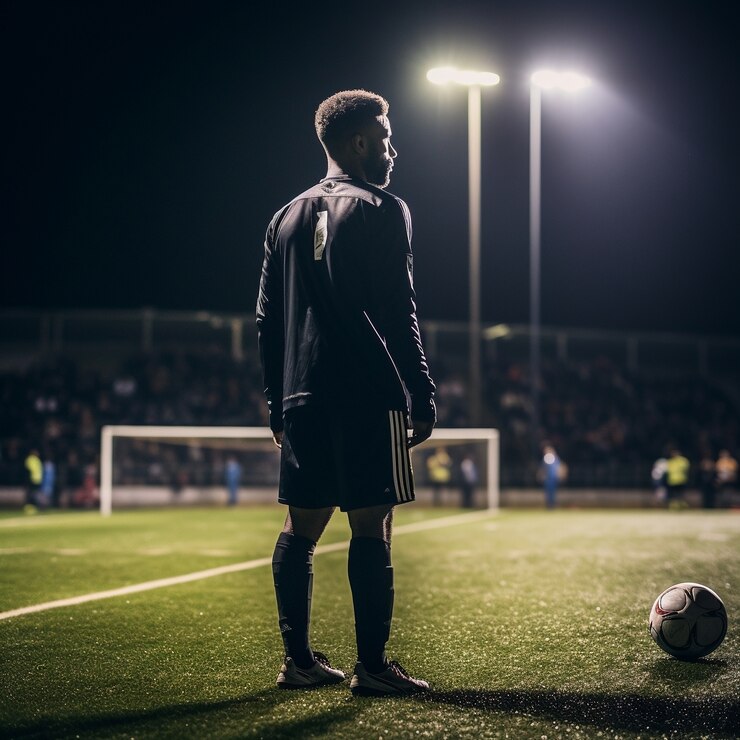Table of contents
In today’s fast-paced world, communities thrive when they come together around common interests and values. One of the most powerful tools for creating unity is sports. From local leagues to international championships, sports not only entertain but also serve as a catalyst for positive social change. In this post, we explore Sports in Community and how these activities foster social bonds, promote inclusivity, and spur development in neighborhoods across the globe.
Uniting People Through Sports
Sports provide a unique platform that transcends cultural, social, and economic barriers. When individuals from diverse backgrounds participate in or support sporting events, they share a common passion and sense of identity. This unity is a significant driver in community building because it encourages collaboration, mutual respect, and pride in the community.
- Shared Experiences: Attending a local match or cheering for a community team creates memorable experiences that help foster long-lasting connections.
- Inclusive Atmosphere: When everyone is welcomed to join in the spirit of competition and camaraderie, sports can break down societal barriers and promote equality.
Economic and Social Benefits
The benefits of Sports in Community extend well beyond the field. Here’s how sports contribute to both economic and social prosperity:
- Economic Growth: Local sporting events can boost small businesses by increasing foot traffic and encouraging community spending.
- Health and Wellness: Regular participation in sports and physical activities contributes to better health outcomes, reducing healthcare costs while promoting a vibrant, active lifestyle.
- Youth Development: Structured sports programs offer mentorship, discipline, and team-building opportunities for young people, shaping future leaders.
- Community Pride: When communities rally around a local team or event, they develop a shared identity that strengthens neighborhood bonds and fosters a sense of belonging.
Bridging the Gap Through Inclusion
One of the most inspiring aspects of sports is its ability to unite disparate community segments. Inclusive sporting events break down prejudices, allowing participants to interact with individuals they may not have met otherwise. This interaction encourages empathy, dialogue, and ultimately a stronger, more integrated community. Furthermore, community sports initiatives often focus on inclusivity by engaging various age groups and abilities, ensuring everyone can participate and feel valued.
The Psychological Impact of Team Sports
Taking part in team sports offers more than physical benefits—it also promotes mental well-being. The intrinsic sense of achievement, accountability, and teamwork that comes with sports participation can significantly improve self-esteem and emotional health. Whether playing for recreation or representing a community club, sports empower individuals to overcome personal challenges, build resilience, and develop meaningful friendships.
Success Stories: Transforming Communities Through Sports
Around the world, numerous communities have turned to sports as a bridge for social transformation. In small towns and large cities alike, local teams and sporting events have played a pivotal role in community revitalization:
- In urban neighborhoods, community-funded sports centers have become hubs for social interaction, offering safe spaces for youth and elderly residents alike.
- Rural areas have seen sports programs bring together isolated communities, creating opportunities for collaboration on larger community projects.
These stories illustrate that when communities invest in sports, they are also investing in social cohesion and future prosperity.
Tips for Cultivating Your Own Community Sports Initiatives
For community leaders and enthusiasts seeking to harness the power consider the following steps:
- Identify Community Needs: Engage with residents to determine the types of sports or recreational activities that would most benefit them.
- Collaborate with Local Organizations: Join forces with schools, local businesses, and non-profit groups to create programs that are well supported and sustainable.
- Promote Inclusivity: Ensure that your sports programs welcome everyone, regardless of age, ability, or background.
- Celebrate Successes: Regularly highlight success stories and milestones to maintain enthusiasm and inspire broader participation.
FAQ Section

Answer: “Sports in Community” refers to the role that physical activities and sports play in bringing people together, fostering mutual trust, community pride, and inclusivity. It emphasizes that sports can be a unifying factor that bridges diverse social and economic backgrounds.
Answer: Sports generate economic benefits by attracting spectators and visitors to local events, which in turn stimulates nearby small businesses, restaurants, and retail stores. Moreover, community-based sports programs create job opportunities and encourage local investments in sports infrastructure.
Answer: Inclusivity ensures that every community member, regardless of background, age, or ability, can participate in sports. This not only enriches the sporting experience but also enhances social cohesion by breaking down cultural barriers and promoting an environment where everyone feels valued and respected.
Answer: Effective strategies include conducting surveys to understand community interests, collaborating with local organizations, setting up accessible facilities, and promoting the program through local media and social platforms. Offering a variety of sports activities and regular community events are also key to sustaining engagement and ensuring long-term success.
Conclusion
Sports have a transformative power that goes beyond physical activity—they are a key ingredient in building resilient, connected, and thriving communities. By embracing Sports in Community, neighborhoods can foster better relationships, stimulate local economies, and inspire individuals to lead healthier and more fulfilling lives. Whether through organized leagues, community events, or grassroots initiatives, the role of sports in community building is undeniable and invaluable.




